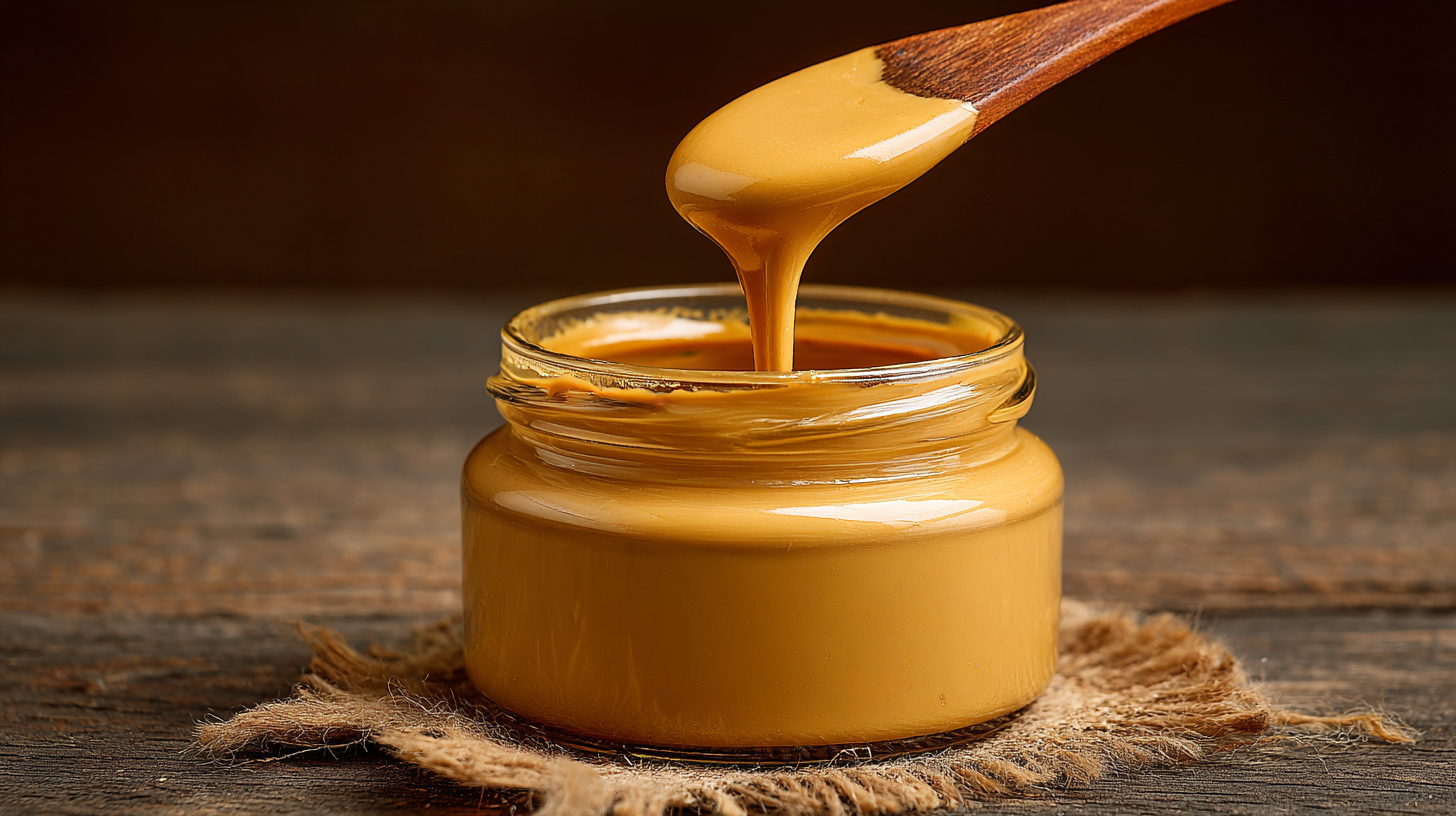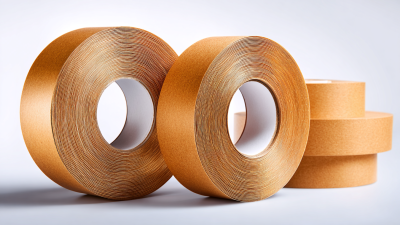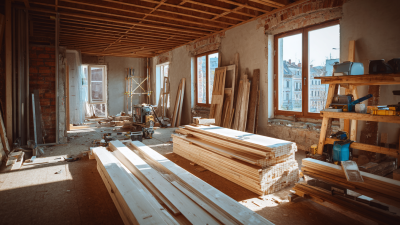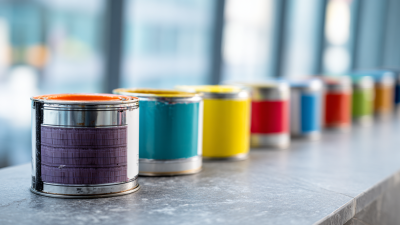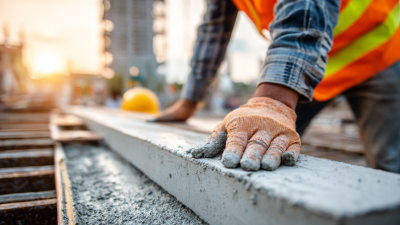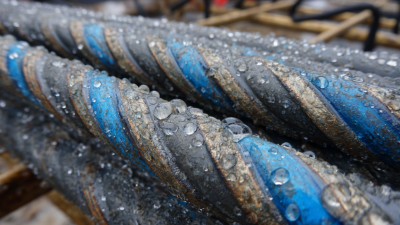Inquiry
Form loading...
When embarking on a construction project, selecting the right materials is crucial, and Construction Glue plays a pivotal role in ensuring structural integrity and durability. According to a recent report by Grand View Research, the global adhesives market is expected to reach $69.4 billion by 2025, with construction adhesives becoming increasingly essential in both residential and commercial applications. As construction techniques evolve and the demand for efficient bonding solutions rises, the importance of choosing high-quality construction glue becomes evident. From wood to metal, the versatility of construction glue allows for effective adhesion across various surfaces, making it a must-have in every contractor's toolkit. In this article, we will explore the 10 best construction glue options available on the market, tailored to meet the diverse needs of your next project.
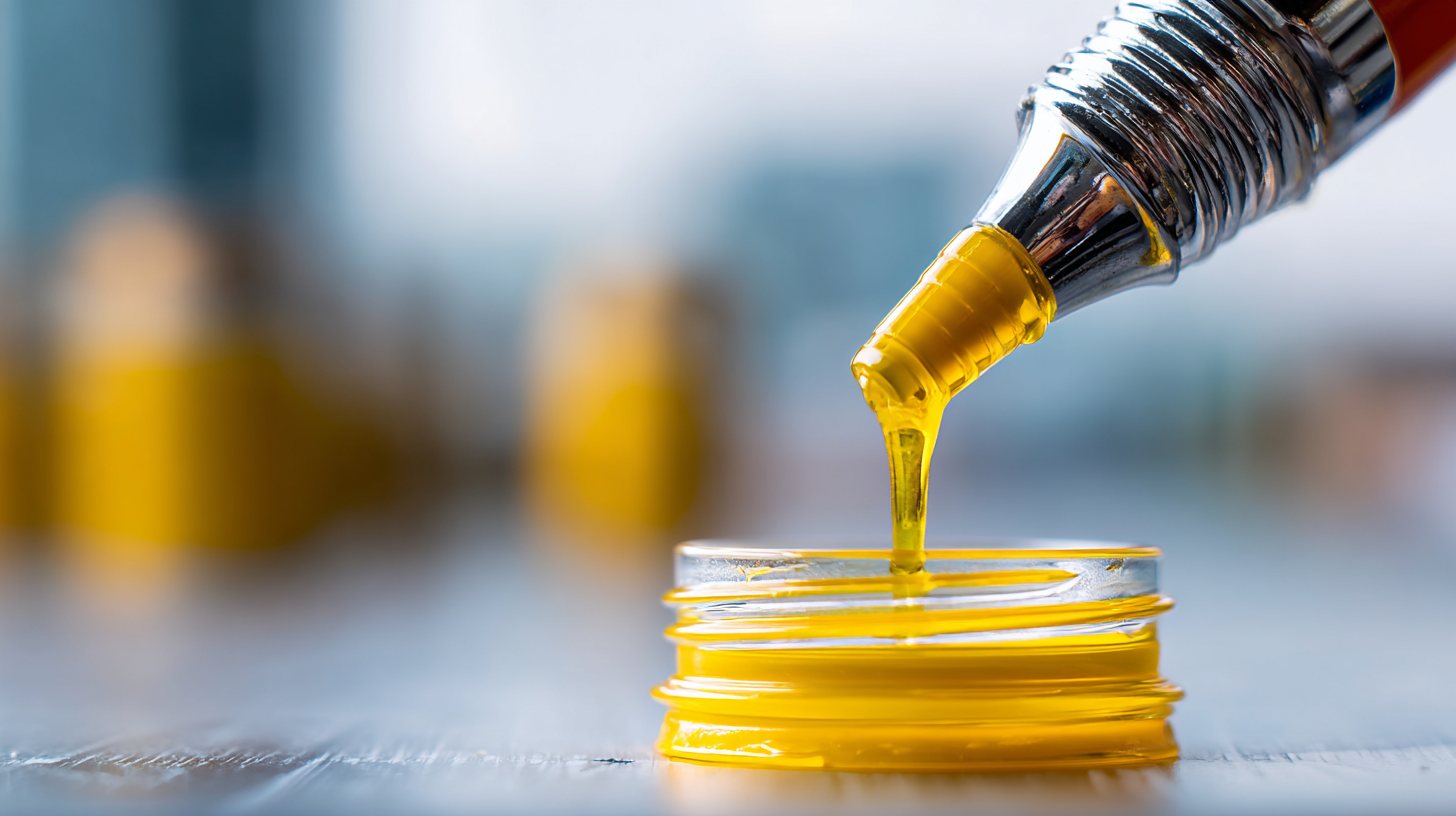
When selecting the right construction glue for your project, it's crucial to consider several key factors. The type of adhesive technology you choose—whether water-based or solvent-based—can significantly affect the bond's performance. Water-based adhesives are generally safer and more environmentally friendly, making them ideal for indoor projects. Conversely, solvent-based adhesives often provide superior bonding strength for outdoor applications or more demanding environments. According to recent market reports, the global adhesives and sealants market is projected to reach $67.24 billion by 2025, underscoring the importance of selecting the appropriate product for optimal results.
Tips: Always check the manufacturer's specifications for temperature and humidity tolerances. This can greatly influence the durability of your bond, especially in construction settings. Additionally, consider the materials you are bonding—some adhesives work best with specific substrates, like wood, metal, or plastic. For instance, research indicates that fiber-reinforced composites can enhance bonding strength when paired with compatible adhesives.
Another essential factor is the project's intended use. For structural applications, a robust adhesive that can withstand stress and environmental factors is essential. Recent studies show that advancements in adhesive formulations are leading to improved performance traits, such as increased flexibility and resistivity to temperature fluctuations. By carefully evaluating these parameters, you can ensure a successful outcome for your construction project.
When embarking on a construction project, choosing the right type of glue is essential for ensuring durability and effectiveness. The top five types of construction glue include polyurethane adhesives, epoxy resins, PVA (polyvinyl acetate) glue, construction adhesive (such as Liquid Nails), and cyanoacrylate (super glue). Each of these adhesives is suited to specific applications and materials, making it crucial to select the right one for your needs.
Polyurethane adhesives are known for their strong bond and versatility, often used for bonding wood, metal, and concrete. Epoxy resins are perfect for heavy-duty applications and can fill gaps, making them ideal for structural repairs. PVA glue is a user-friendly option for wood projects, offering a strong bond when dry. Construction adhesive is a go-to for general use, providing excellent strength for various materials like plywood and drywall. For quick fixes, cyanoacrylate glue works well on small projects, providing an instant bond on plastics and ceramics. Understanding these options ensures that your construction tasks are completed with precision and reliability.
| Type of Glue | Best Uses | Drying Time | Strength | Water Resistance |
|---|---|---|---|---|
| PVA Glue | Wood projects, carpentry | 30 minutes | Moderate | Low |
| Epoxy | Metal, masonry, ceramics | 1-4 hours | Very high | High |
| Construction Adhesive | Flooring, panels, drywall | 8-24 hours | High | Medium |
| Hot Glue | Crafts, lightweight materials | 1-2 minutes | Moderate | Low |
| Super Glue (Cyanoacrylate) | Plastic, rubber, metal | 10-30 seconds | High | Low |
When selecting the right construction glue for your next project, understanding shear and tensile strength is crucial. Shear strength measures a material's ability to resist sliding forces, while tensile strength evaluates its resistance to being pulled apart. Knowing these properties helps you choose a glue that can handle the specific demands of your project, whether you're working with wood, metal, or plastic.
Tips: Always consider the materials you are bonding. For instance, when gluing wood, look for adhesives with high shear strength to ensure a lasting hold, particularly in furniture assembly or flooring. Additionally, pay attention to the manufacturer's specifications regarding tensile strength, especially in applications where strength is critical.
Furthermore, environmental factors can also affect the performance of construction glues. Temperature changes and humidity levels may weaken some adhesives over time. It's wise to select construction glue that is resistant to these environmental changes if your project is intended for outdoor use. Employing the right glue with adequate tensile and shear strength data will ensure your construction projects stand the test of time.
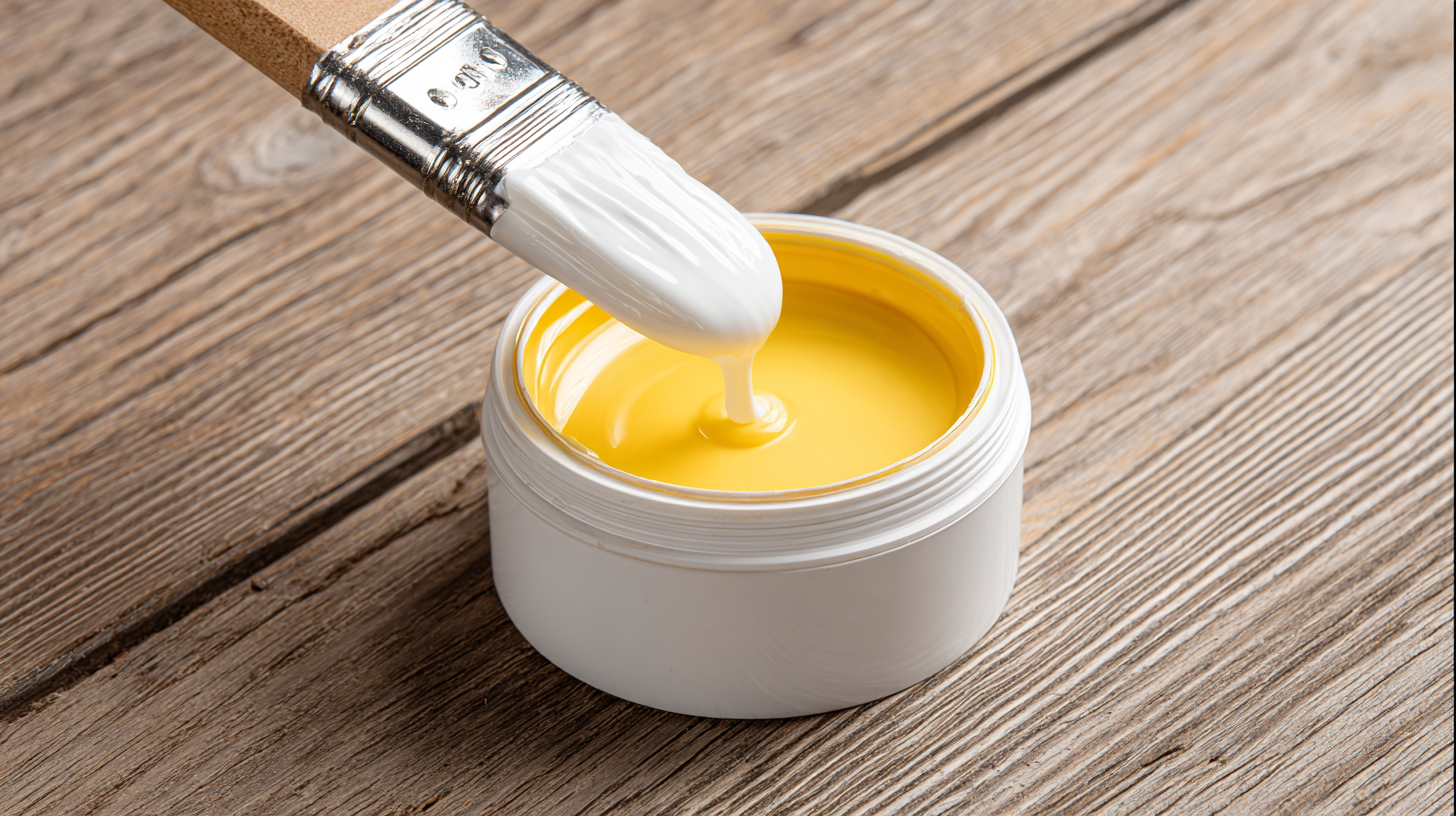
When selecting construction adhesives, one of the paramount considerations should be their environmental impact. Many traditional adhesives contain harmful VOCs (volatile organic compounds) that can release toxins into the air during application and curing, contributing to indoor air pollution and environmental degradation. By opting for eco-friendly construction adhesives, consumers can mitigate these risks while still achieving strong, reliable bonds for their projects. Water-based adhesives and those made from plant-derived materials are excellent alternatives, providing effective adhesion without the harmful side effects associated with conventional products.
Moreover, the sustainability of the adhesive’s components can play a crucial role in reducing the overall carbon footprint of a construction project. For instance, adhesives that utilize recycled materials or are certified by organizations such as GreenGuard or the Forest Stewardship Council ensure that the products meet strict environmental standards. By choosing these eco-friendly options, builders not only comply with green building regulations but also demonstrate a commitment to sustainable practices that can resonate with environmentally conscious clients.
When selecting construction glue for your next project, the application technique can significantly influence the adhesive's effectiveness. Firstly, ensuring that the surfaces to be bonded are clean and dry is crucial. Dust, grease, or moisture can impede the adhesive’s ability to form a strong bond. For best results, lightly sand the surfaces to create a rough texture, enhancing adhesion. Applying the glue evenly is vital; use a caulking gun or a precision applicator to control the amount and avoid excess, which can lead to a messy finish.
Moreover, timing plays a critical role in maximizing the effectiveness of construction glue. Understanding the working time of the adhesive allows for adjustments before it sets. Clamping the materials together after applying glue is highly recommended, as it maintains consistent pressure while the adhesive cures, promoting a stronger bond. Additionally, be mindful of the curing time—it varies across different types of glue. Avoid disturbing the bond during this period to achieve optimal strength. By mastering these techniques, you can ensure that your chosen construction glue delivers the best possible results in your projects.
